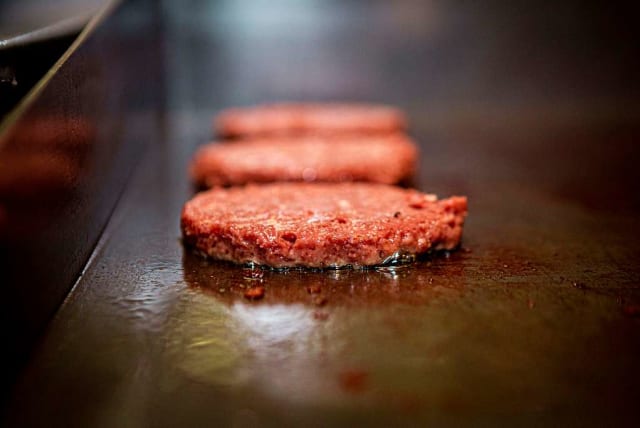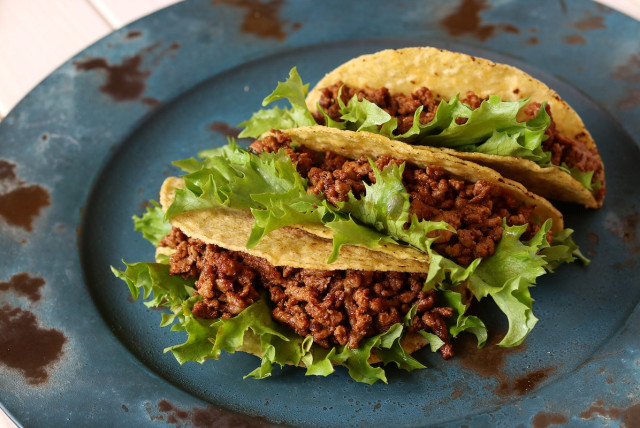Scientists make plant-based meat alternatives more ‘meat-like’

Using a process that only requires the addition of water, scientists have made plant protein from goopy and dry to juicy and meat-like.
Scientists have developed a method of significantly improving the texture of plant-based foods, potentially changing the trajectory of the global meat industry, according to a recent study.
The study was published in Nature Communications, a leading open-access, peer-reviewed scientific journal.
The meat industry routinely takes a significant toll on the environment and, according to the study, is alone responsible for more than half of food-related carbon emissions.
As a result, plant-based meat alternatives have been growing in popularity in recent years. Such alternatives, however, are still faced with certain drawbacks that drive people to continue selecting meat options. One of these drawbacks is the texture of such foods.
“Despite its significance, the key barrier to adoption of plant proteins is their astringent off-sensation, typically associated with high friction and consequently poor lubrication performance,” the authors of the study write.
How can plant protein texture be improved?
In order to do this, they turned the plant proteins into plant protein microgels, a process that requires only one additional ingredient: water.
A release explaining the study quoted several of the study’s authors who explained the findings of their research.
One of the study’s authors, Anwesha Sarkar, explains what they accomplished saying, “What we have done is converted the dry plant protein into a hydrated one, using the plant protein to form a spider-like web that holds the water around the plant protein.”
This process of turning plant proteins into plant protein microgels occurs by heating the plant proteins, which are initially dry and have a rough texture, in water such that the plant protein molecule structure is changed into a gel that retains water around the protein itself.
When foods created with this microgel are eaten, they have a moist, fatty texture that’s far more meat-like and preferable to plant proteins that have not been micro-gelled.
Another author of the study, Ben Kew, noted that “This is quite a remarkable finding. It is striking that without adding a drop of fat, the microgels resemble the lubricity of a 20% fat emulsion, which we are the first to report.”
Jerusalem Post Store
`; document.getElementById("linkPremium").innerHTML = cont; var divWithLink = document.getElementById("premium-link"); if (divWithLink !== null && divWithLink !== 'undefined') { divWithLink.style.border = "solid 1px #cb0f3e"; divWithLink.style.textAlign = "center"; divWithLink.style.marginBottom = "15px"; divWithLink.style.marginTop = "15px"; divWithLink.style.width = "100%"; divWithLink.style.backgroundColor = "#122952"; divWithLink.style.color = "#ffffff"; divWithLink.style.lineHeight = "1.5"; } } (function (v, i) { });

